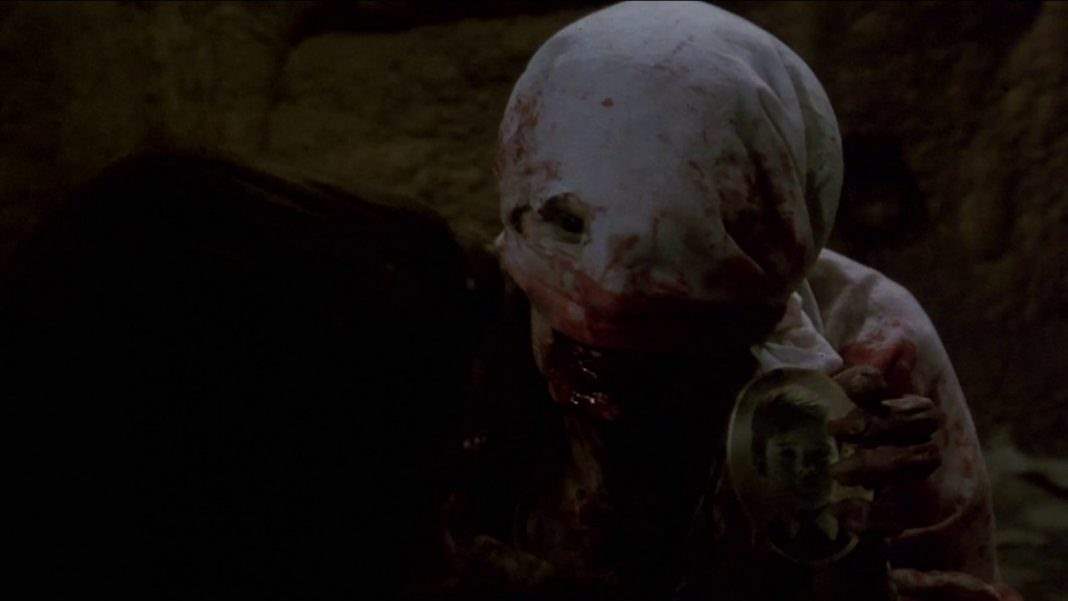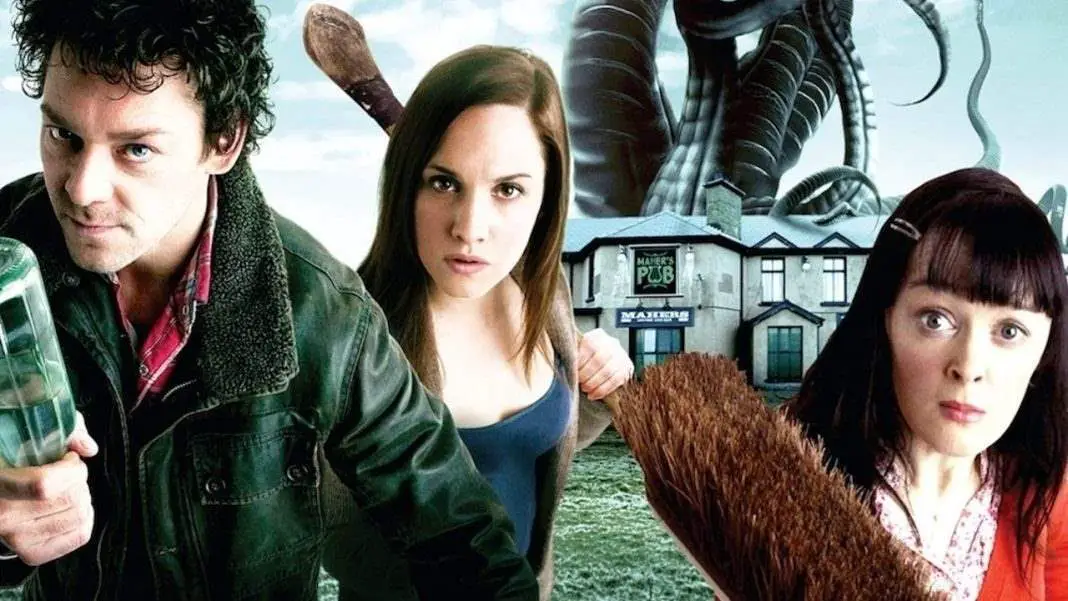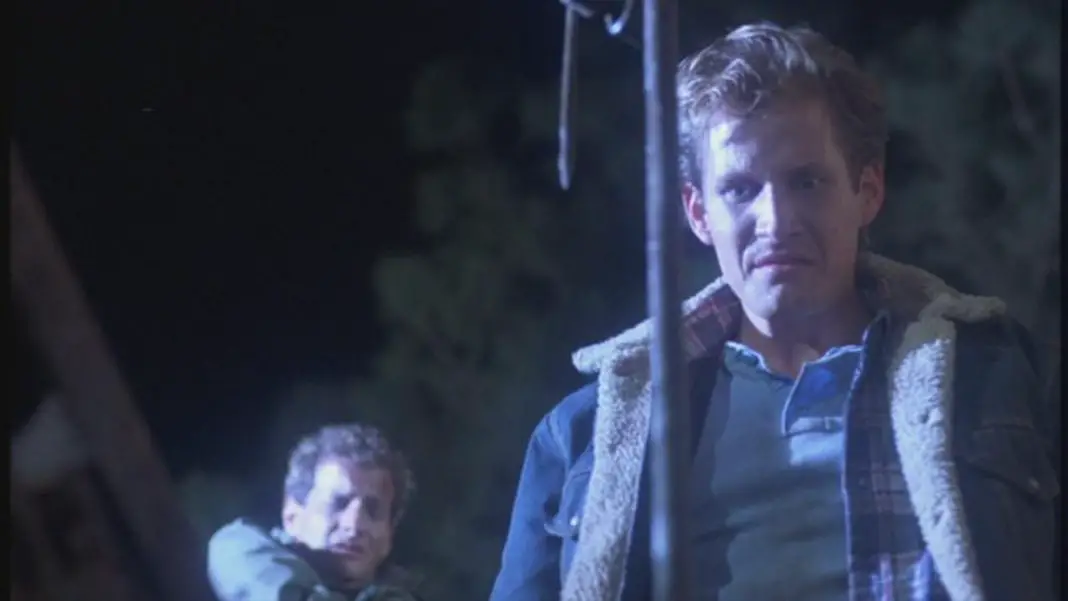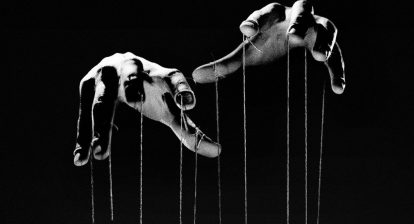The 2009 remake of The Last House on the Left had a fairly warm reception. A lot of people liked it. But it never had the name power nor the legacy of a film like Nightmare on Elm Street or Friday the 13th. So many people who saw the film when it came out actually had no idea that it was a remake. Many people still don’t recognize the original, despite the fact that it received quite a bit of publicity when it was first released. With this in mind, it’s interesting to look at the two films side by side in order to see how they measure up against each other.
THE LAST HOUSE ON THE LEFT (1972)-
The Last House on the Left is a powerful film debut for director Wes Craven and with a first film like this, it’s easy to see why he’s had such a massive career in the genre. The movie starts off with a girl on the eve of her seventeenth birthday named Mari who is going out to a concert with her friend, Phyllis. They make an attempt to score some weed that leads them into a world of trouble, as they are brought into an apartment where a group of convicts led by the sadistic Krug are squatting. Krug and the gang kidnap Mari and Phyllis and drag them out into the woods, where they put them through all sorts of horrifying ordeals including torture and rape, and eventually murder. It is hard and brutal to watch and the camera hardly ever turns away. It is one thing to show these images, one kind of horror film and one kind of cathartic exercise. It has its place.
But Last House on the Left goes beyond that place to create something really extraordinary. It goes from an expression of brutality to a comment on inherent human morality and “eye for an eye” vengeance. After the killers are finished with Mari and Phyllis, their car breaks down and they seek help at the nearest house. It’s Mari’s house. And eventually, her parents start to piece together what has happened and decide to take matters into their own hands.
The vengeance Mari’s parents enact is as violent if not more so than what the group of psychopaths did to their daughter. It raises a lot of questions, some very unsettling, as to what is really just and what is really right.
The most genius scene in the movie comes just after the rape of Mari, and it only lasts a moment. It’s when the deed is done and the group of murderers glance around at each other and look down at the blood on their hands and for just a second question what they have done and seem almost disgusted with themselves. And then they just pick up and carry on with what they’re doing.
While there’s an element of humor to the movie, it is overall very grim and certainly ends on a pretty hard note. Mari’s parents have enacted their bloody vengeance and do not look, in any way shape or form, better for what they have done.
Related: Remake Comparison: Friday the 13th
THE LAST HOUSE ON THE LEFT (2009)-
The Last House on the Left remake sticks fairly close to the original, but the few differences that are made leave one wondering if the filmmakers actually understood the point of the movie at all. One of the additions to the plot is the fact that now Mari had a brother who died. It doesn’t seem so important at first, but becomes pretty crucial to the story later on.
The plot goes through the motions of the original for most of the first half. Mari and her friend (Paige this time) stumble into the path of Krug and his gang. Then they are attacked, Paige is killed and Mari is raped—a scene that is harsh, but over very quickly. In the original film, Mari wades into the water almost on command once she realizes that she is not going to get away. She accepts her fate and is shot in the back of the head. This time, Mari takes to the water and survives.
Her family find Mari, wounded, and take the same kind of vengeance as the original film. Because Mari is not murdered, the film hints heavily that they are taking equal vengeance for a son who had died years earlier. Regardless, most of the violence, save for the very end, is very much toned down from the original. It is the complete opposite of many of these horror remakes of recent years. In many ways, the Last House on the Left remake feels ashamed of the original film, and the horror in it seems to serve as an apology.
While it is a decent film on its own, it pales in comparison to the original, and it’s hard to understand exactly why it was made. The performances are strong, but for a film like Last House on the Left to have a happy ending (in which they even apparently adopt the young member of Krug’s game who was forced into it, but still caused everything in the movie) just doesn’t fit at all. It doesn’t feel natural.





